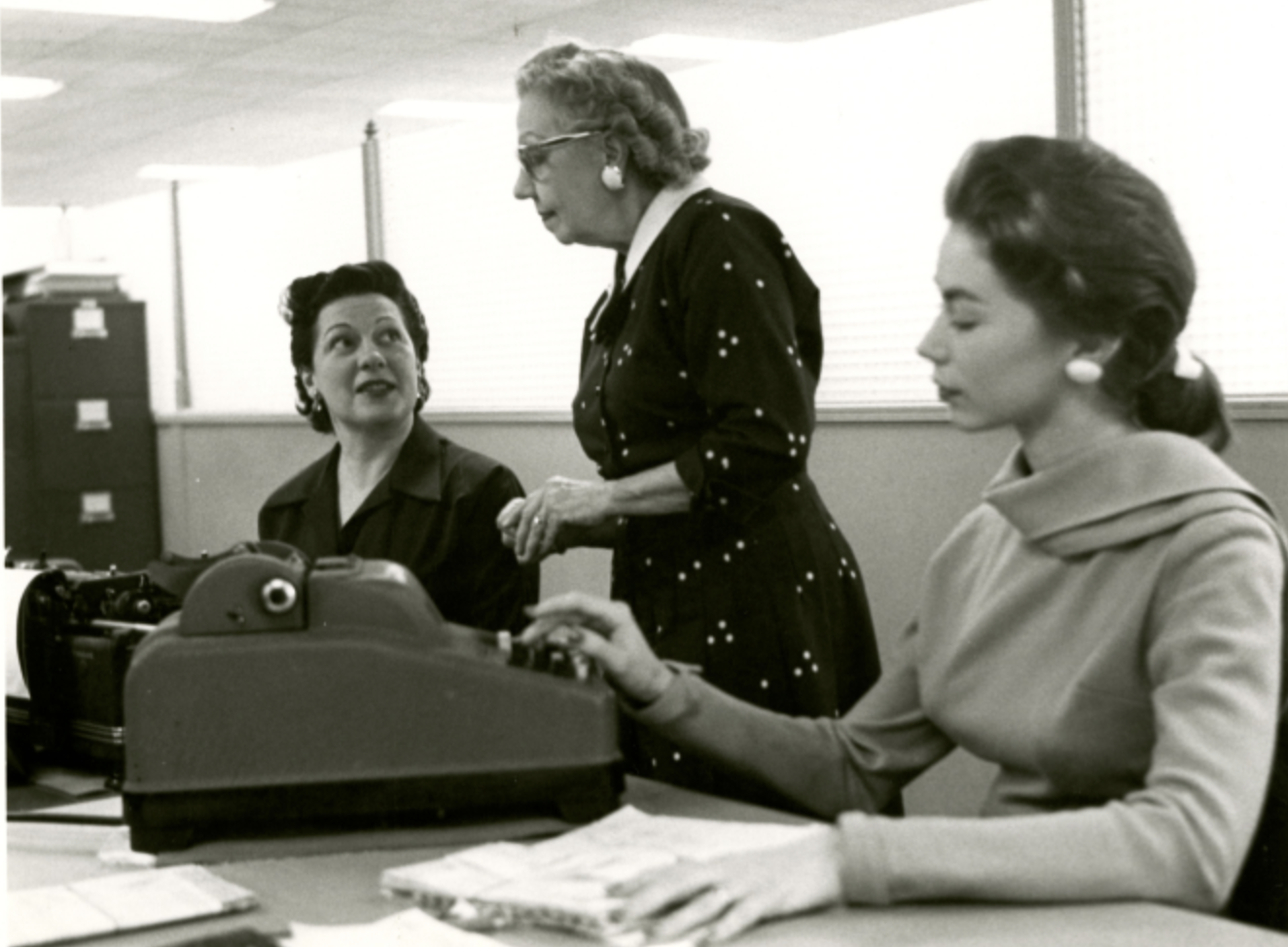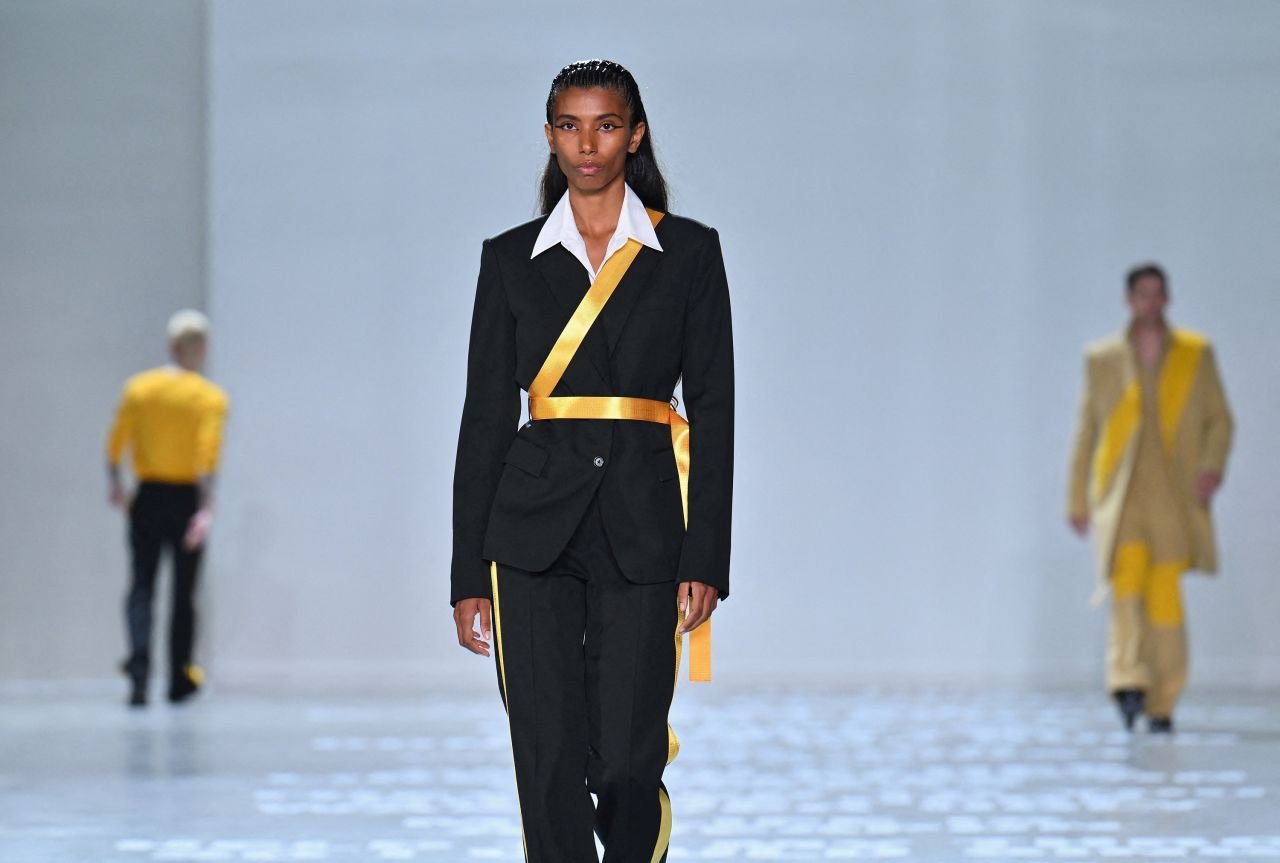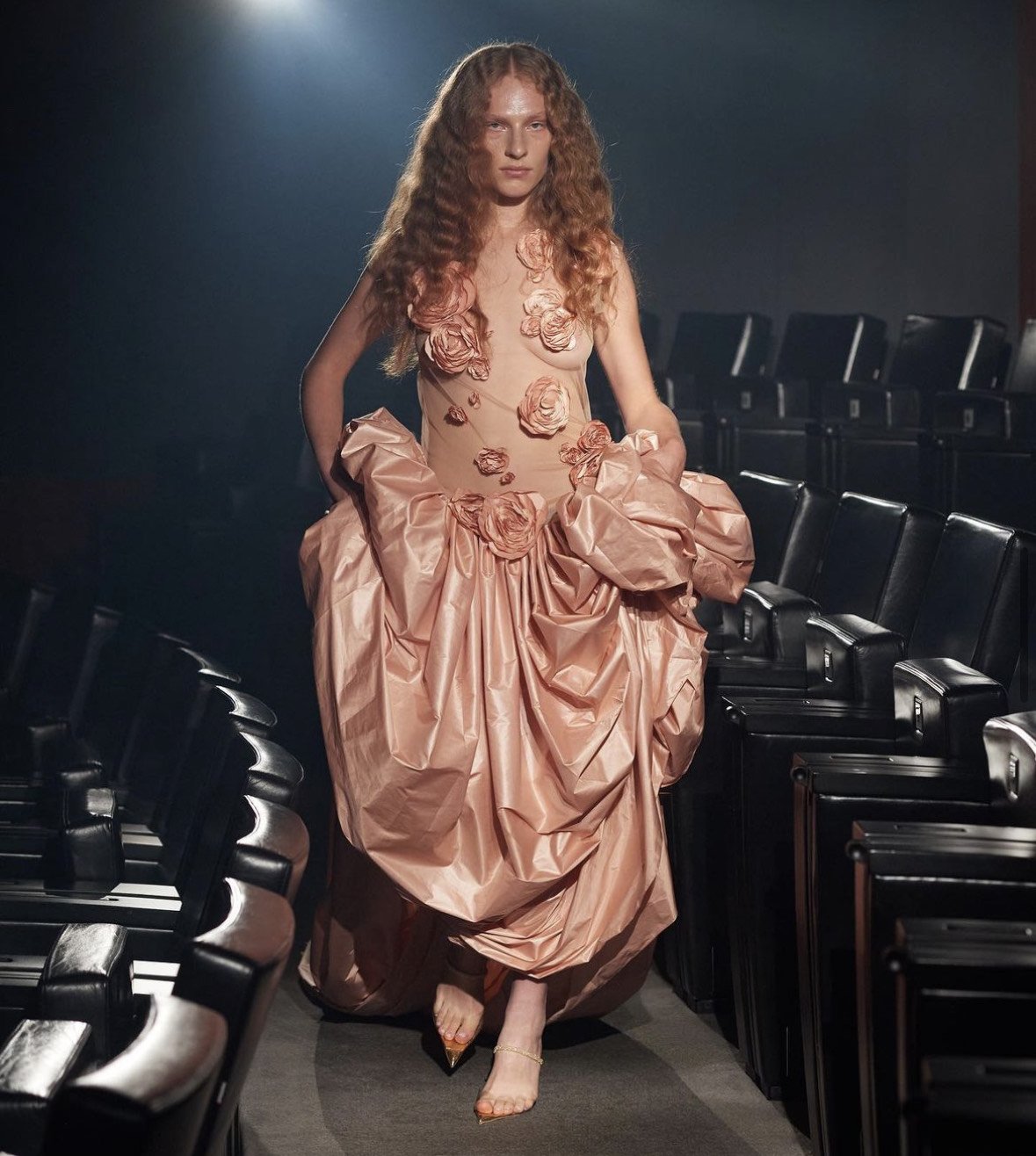In Defence Of The Sandy Liang Bow
Every notable fashion house has its signature motif. McQueen has a morbid yet glamorous skull. Westwood made a name for herself and her aesthetic with 18th-century-inspired corsets. Versace takes ownership of the safety pin. Like all of these noteworthy brands, Sandy Liang too has her own hallmark trope. The bow.
In recent years, the Sandy Liang label has carved out a distinctive space within the fashion industry, marketing to a rising subculture transcending the realms of fabric. As seen just this Summer with the seismic popularity of Barbie, women are increasingly leaning into the notion of ‘girlhood’.
Within style, girlhood has come to be represented by pastel tones, silks, antique-effect lace, coquettish charm and the Liang speciality, the bow.
A staple of feminine dress, the bow as we would recognise has been integral to fashion since the 16th century, exhibited as both a clothing and hair-based accessory. If historical rumour and gossip are to be believed, the Marquise de Fontage, mistress of Louis XIV, adorned her hair with a romantic bow. After losing her hat while on a horse ride, and understanding that having loose hair was improper, she utilised a ribbon from her gown to hold her hair up in a bow. An aristocratic trendsetter, Marie Antionette followed suit, spending 20,000 francs on her luxurious hair ornaments.
Sandy Liang SS24
Image: Filippo Fior
Sandy Liang FW23
Image: Filippo Fior
Fast forward several hundred years, and many a fashion trend, and the bow is still intrinsic to women’s style, from delicate additions to Alice bands and black pumps to plump oversized variants on evening gowns and blouses. There really is a bow for everyone.
Only in 2023 would the internet find a way to criticise the uncriticisable. In response to the Sandy Liang SS24 collection runway at New York Fashion Week, several users took to Twitter proclaiming their boredom at Liang’s repetitive use of her chosen motif. While, of course, all are entitled to their own opinions, especially within this space, the Liang beration raises discussion over thematic possession. With Liang doing much to popularise the employment of bows many other houses, both luxury and fast fashion, have jumped onto her bandwagon, thrusting silk bows into collections left, right and centre. Thus, the industry has been saturated with this symbol of complex girlhood. Simultaneously innocent and youthful yet peppy and sassy. As Miranda Priestly so succinctly explicated, “that blue represents millions of dollars of countless jobs, and it’s sort of comical how you think that you’ve made a choice that exempts you from the fashion industry, when in fact, you’re wearing a sweater that was selected for you by the people in this room”.
Whether one likes it or not, the Sandy Liang bow has come to represent more than a fundamental sartorial element. A token of innate femininity, the bow can be used by one and all to channel their inner Sofia Coppola character, the outgoing style they wished they could have worn when they were younger and, chiefly, their girlhood. So long as Liang is designing, the bow will always feature in some way or another.










